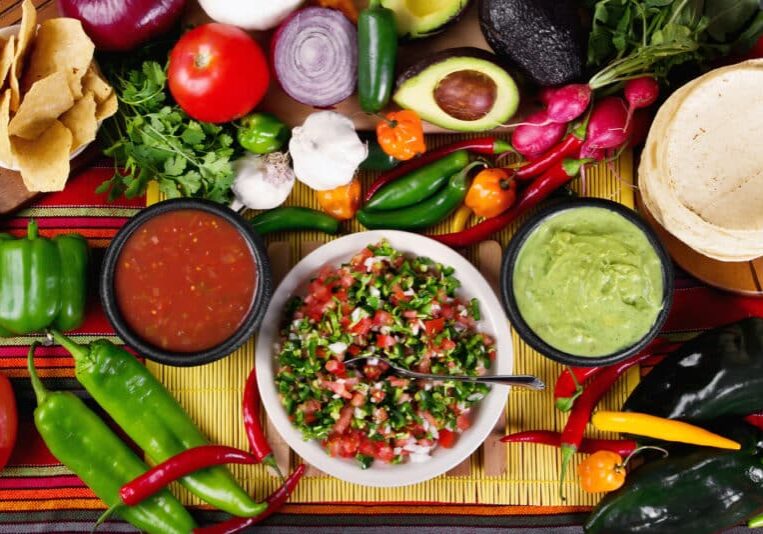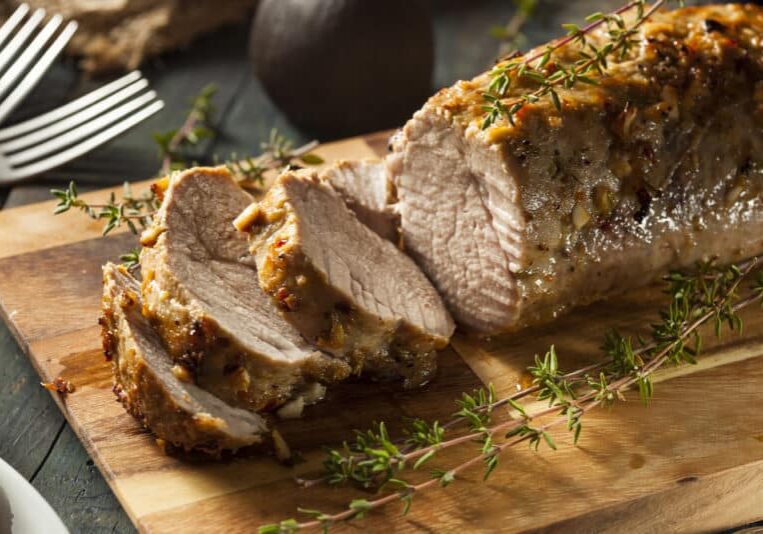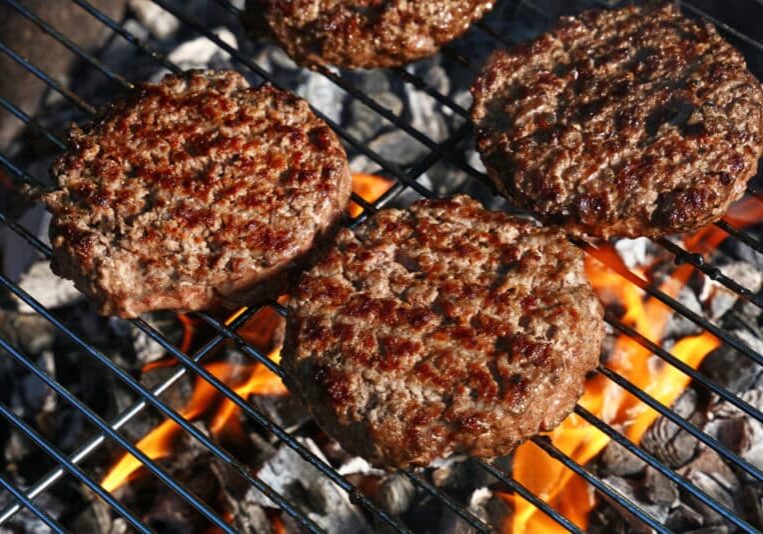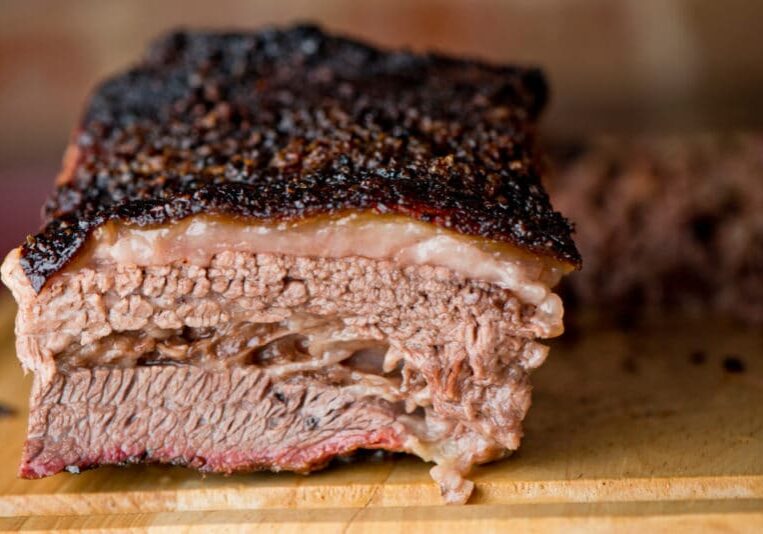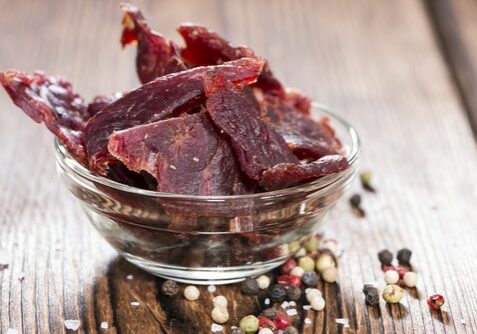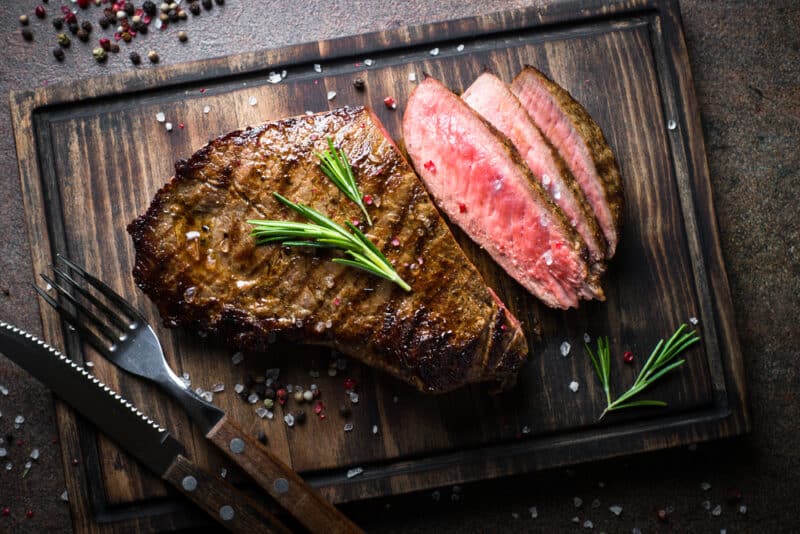Chicken Breasts: A Versatile Protein for Any Cuisine
TheGrillingMaster.com is reader-supported. If you buy something using the links on our site, we might earn an affiliate commission at no added cost to you. This helps us pay our staff to keep making awesome content for you!
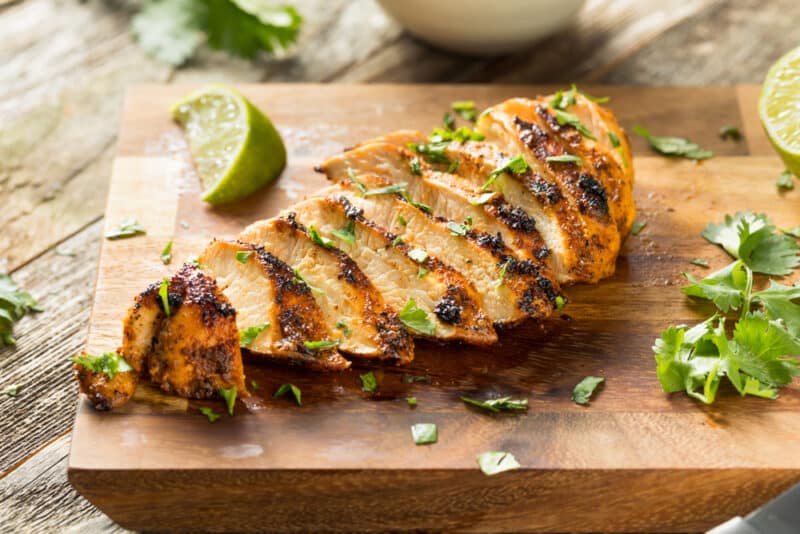
Ever feel like you’re stuck in a chicken breast recipe rut, or find yourself questioning how beneficial they truly are for your health? You’re not alone. I too found myself pondering these questions and decided to do some digging to discover all there is to know about this versatile protein.
In this blog, we’ll delve into the nutritional content of chicken breast, explore its healthy benefits, and also discuss potential downsides that might come with consuming it everyday.
So let’s grab our cooking gear and prepare to embark on an intriguing culinary journey!
Key Takeaways
- Chicken breasts are a great source of high – quality protein, with each serving delivering approximately 31 grams.
- They are low in calories, making them an excellent choice for those watching their calorie intake or trying to maintain a healthy weight.
- Chicken breasts are versatile and can be used in various cuisines to create delicious and healthy meals.
Chicken Breast Nutrition
Chicken breast is a great source of protein, with only about 165 calories per cooked ounce.
Protein content
Chicken breasts pack a powerful protein punch. One serving of boneless, skinless chicken breast delivers approximately 31 grams of high-quality protein. This makes it an ideal choice for those looking to build muscle or maintain a healthy body weight.
Compared to other parts of the chicken, like thighs and wings, the breast contains more protein gram-for-gram. It’s also worth noting that chicken is a complete protein source, meaning it provides all the essential amino acids your body needs to function efficiently.
Calories
Chicken breasts are not only a great source of protein, but they are also relatively low in calories. A 3-ounce serving of boneless, skinless chicken breast contains about 165 calories.
This makes it an excellent choice for those who are watching their calorie intake or trying to maintain a healthy weight. By incorporating chicken breast into your meals, you can enjoy a filling and nutritious protein source without consuming excessive calories.
So whether you’re grilling, baking, or sautéing your chicken breast, you can feel good knowing that you’re getting the protein you need without overindulging on calories.
In addition to being low in calories, chicken breasts are also high in nutrients. They provide essential minerals like selenium and phosphorus, as well as B vitamins such as niacin.
Comparison with other chicken parts
Chicken breasts are often preferred over other chicken parts for their lean meat and versatility in various cuisines. Compared to dark meat, such as drumsticks or thighs, chicken breasts contain less fat and fewer calories, making them a healthier protein option.
Additionally, chicken breasts are known for being rich in essential nutrients like phosphorus and niacin, as well as low in saturated fat. Their mild flavor allows them to easily absorb different seasonings and marinades, making them a popular choice for grilling or baking.
Whether you’re looking to make a healthy meal or experiment with international recipes, chicken breasts offer endless possibilities.
Health Benefits of Chicken Breast
Chicken breast offers a range of health benefits, including being a good source of phosphorus and supporting weight loss due to its high protein content. Additionally, it is versatile and affordable, making it an excellent choice for any cuisine.
Source of phosphorus
Chicken breasts are a great source of phosphorus, an essential mineral that plays a crucial role in maintaining healthy bones and teeth. Phosphorus also helps in the production of DNA, RNA, and ATP, which are important for energy metabolism.
Consuming chicken breasts regularly can help meet your phosphorus needs and support overall bone health. So whether you’re grilling them or using them in various recipes from different cuisines, chicken breasts provide a versatile protein option while contributing to your nutrient intake.
Supports weight loss
Chicken breasts are an excellent choice for individuals looking to support weight loss. With its high protein content and low fat content, chicken breast provides a filling meal without adding excessive calories.
Protein helps to keep you feeling satisfied and full, reducing the chances of overeating or snacking on unhealthy foods throughout the day. Additionally, chicken breast is a lean source of protein that can help increase your metabolism and promote fat burning.
By incorporating chicken breast into your diet, you can maintain a healthy weight while still enjoying delicious meals.
In addition to being low in fat and high in protein, chicken breasts are also versatile when it comes to preparing healthy meals. You can grill or bake them with minimal seasoning for a simple but satisfying meal option.
By choosing boneless skinless chicken breast, you can further reduce the amount of saturated fat consumed while still getting all the necessary nutrients like selenium, phosphorus, niacin, and B vitamins.
Versatile and affordable
Chicken breasts are a versatile and affordable protein choice that can be used in a wide variety of cuisines. Whether you’re craving Asian flavors, Mediterranean dishes, or classic American fare, chicken breasts can adapt to any recipe.
They can be grilled for a healthy meal option or baked for a comforting dish. The affordability of chicken breasts makes them accessible to many people, allowing you to create delicious and nutritious meals without breaking the bank.
So whether you’re cooking for yourself or feeding a family, chicken breasts are an excellent choice due to their versatility and affordability.
Potential Downsides of Eating Chicken Breast Daily
Eating chicken breast daily may lead to a lack of essential fats and potential nutrient deficiencies. Interested in learning more? Keep reading!
Lack of essential fats
One potential downside of eating chicken breast daily is the lack of essential fats. While chicken breast is a lean protein source, it does not contain as much fat compared to other cuts like dark meat or poultry with skin.
Essential fats, such as omega-3 fatty acids, are important for brain health, heart function, and reducing inflammation in the body. Incorporating other sources of healthy fats into your diet alongside chicken breast can help ensure you’re getting a balanced intake of nutrients.
Potential nutrient deficiencies
Some potential nutrient deficiencies can arise from eating chicken breast daily. While chicken breast is a good source of protein, it lacks essential fats that are important for overall health.
These fats help with the absorption of fat-soluble vitamins and provide energy. Additionally, chicken breast does not contain significant amounts of certain nutrients like selenium and niacin, which are found in higher quantities in other parts of the bird such as dark meat.
To ensure a balanced diet, it’s important to incorporate other sources of these nutrients into your meals alongside chicken breast.
Preparing and Cooking Chicken Breast
Learn the best methods for preparing and cooking chicken breast to create healthy and delicious meals.
Best methods
To get the most out of your chicken breasts, it’s important to use the best cooking methods. Grilling is a popular choice as it adds flavor without adding extra fat. You can also try baking or sautéing them for a delicious and healthy meal.
Another option is poaching, which keeps the chicken moist and tender. Whichever method you choose, be sure to season your chicken breasts with herbs and spices for added taste. With these techniques, you can create mouthwatering dishes that highlight the versatility of chicken breast in any cuisine.
Recipes for different cuisines
I love experimenting with chicken breast recipes from various cuisines. For a Mexican twist, I make tasty chicken fajitas by marinating thinly sliced chicken breasts in lime juice and spices before grilling them to perfection.
When I’m craving Asian flavors, I whip up some delicious stir-fried chicken with vegetables and soy sauce. And for a Mediterranean-inspired dish, I grill tender chicken breasts and serve them with a refreshing Greek salad on the side.
The versatility of chicken breast allows me to explore different cuisines and enjoy flavorful meals every time.
Conclusion
In conclusion, chicken breasts are an incredibly versatile protein that can be used in a wide variety of cuisines. With their high protein content and low calorie count, they make for a healthy and satisfying meal option.
Whether grilled, baked, or sautéed, chicken breasts are a delicious addition to any menu. So next time you’re planning your meals, don’t overlook the culinary possibilities that chicken breasts have to offer.
FAQs
1. What makes chicken breasts a versatile protein?
Chicken breasts are a versatile protein because they adapt well to any cuisine, with their lean white meat absorbing the flavors of added spices and ingredients.
2. How does chicken breast fit into my diet?
Chicken breast is low in carbohydrates but rich in high-quality protein and fiber, making it an excellent choice for many diets.
3. Can you use chicken breasts in all types of cuisine?
Absolutely! The mild taste and flexible texture of chicken breasts make them suitable for various dishes across different cuisines worldwide.
4. Is cooking chicken breast hard or easy?
Cooking chicken breast is generally easy as it can be baked, grilled, stir-fried, or steamed depending on your preferred food style or cuisine.
Learn More About Grilling
If you want to learn more about grilling, check out these other helpful resources!

Kevin Turner
Hi there, I'm Kevin Turner, Founder and CEO of thegrillingmaster.com. I started this website to share my passion and knowledge with you. You can leverage my years of experience as a pit master and professional to grill great food!
About The Grilling Master
Hi there, I'm Kevin Turner, Founder and CEO of thegrillingmaster.com.
My passion has always been grilling, smoking and BBQ delicious meats that satisfy my inner carnivore!
I started this website to share my passion and knowledge with you, the hungry reader who wants to prepare the perfect meal.
You can leverage my years of experience as a pit master and professional.
Send me a message and let's connect on Twitter here.


